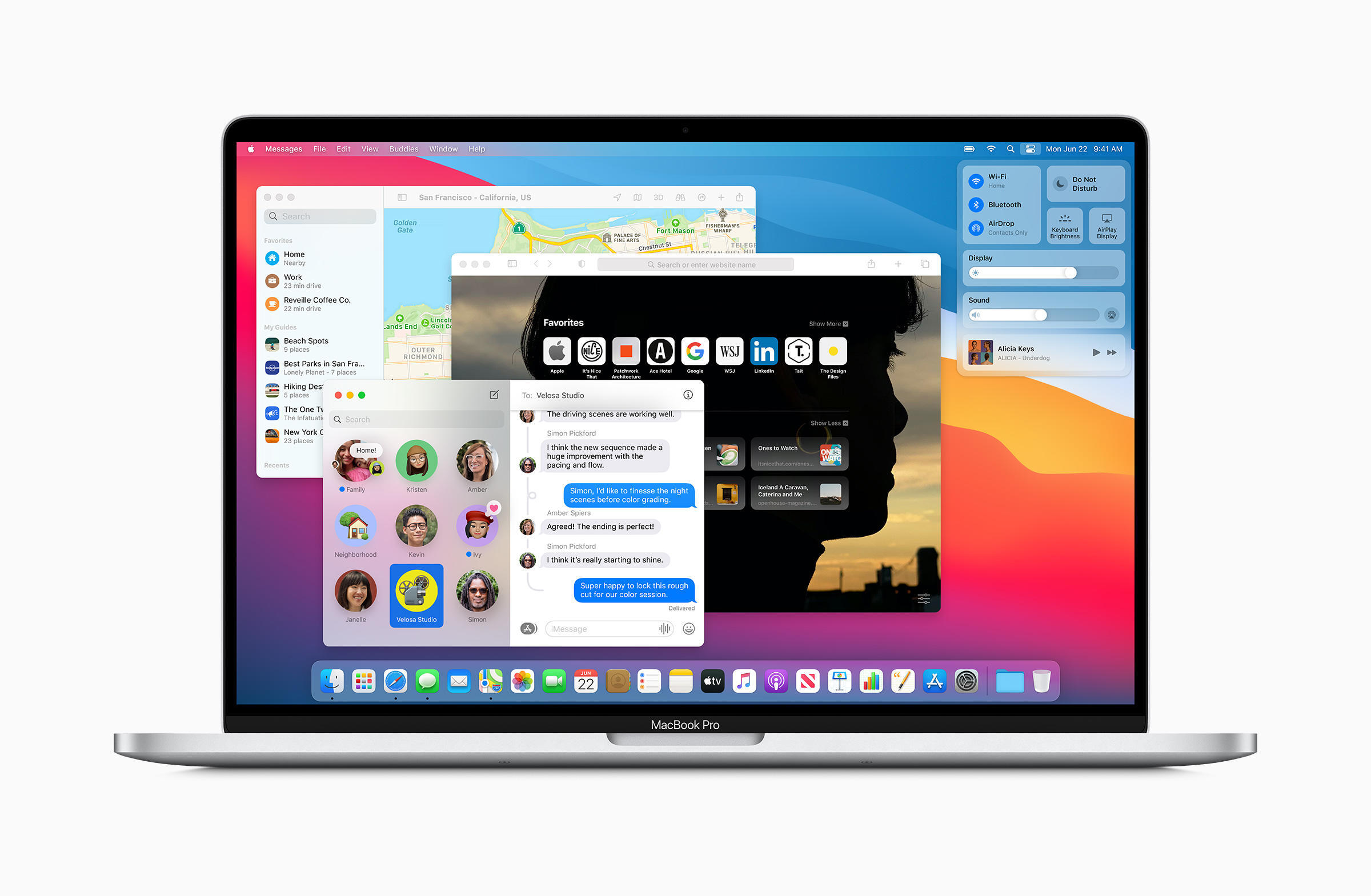Leaps And Flips Mac OS
Is your Mac up to date with the latest version of the Mac operating system? Is it using the version required by a product that you want to use with your Mac? Which versions are earlier (older) or later (newer, more recent)? To find out, learn which version is installed now.
If your macOS isn't up to date, you may be able to update to a later version.
Which macOS version is installed?
From the Apple menu in the corner of your screen, choose About This Mac. You should see the macOS name, such as macOS Big Sur, followed by its version number. If you need to know the build number as well, click the version number to see it.
AFI's 100 Years.100 Heroes & Villains is a list of the 50 top movie heroes and 50 top movie villains of all time.The characters on this list have enriched America's film heritage while continuing to inspire contemporary artists and audiences.The AFI's 100 Years.100 Heroes & Villains television special, hosted by Arnold Schwarzenegger, who earned both a hero and villain honor for his.
Which macOS version is the latest?
- Mac OS X Snow Leopard (version 10.6) is the seventh major release of macOS, Apple's desktop and server operating system for Macintosh computers. Snow Leopard was publicly unveiled on June 8, 2009 at Apple’s Worldwide Developers Conference.On August 28, 2009, it was released worldwide, and was made available for purchase from Apple's website and retail stores at the price of US$29 for a.
- Download an executable for Mac¶. LAMMPS can be downloaded, built, and configured for OS X on a Mac with Homebrew. (Alternatively, see the install instructions for Download an executable via Conda.)The following LAMMPS packages are unavailable at this time because of additional needs not yet met: GPU, KOKKOS, LATTE, MSCG, MESSAGE, MPIIO POEMS VORONOI.
These are all Mac operating systems, starting with the most recent. When a major new macOS is released, it gets a new name, such as macOS Big Sur. As updates that change the macOS version number become available, this article is updated to show the latest version of that macOS.
If your Mac is using an earlier version of any Mac operating system, you should install the latest Apple software updates, which can include important security updates and updates for the apps that are installed by macOS, such as Safari, Books, Messages, Mail, Music, Calendar, and Photos.
| macOS | Latest version |
|---|---|
| macOS Big Sur | 11.3 |
| macOS Catalina | 10.15.7 |
| macOS Mojave | 10.14.6 |
| macOS High Sierra | 10.13.6 |
| macOS Sierra | 10.12.6 |
| OS X El Capitan | 10.11.6 |
| OS X Yosemite | 10.10.5 |
| OS X Mavericks | 10.9.5 |
| OS X Mountain Lion | 10.8.5 |
| OS X Lion | 10.7.5 |
| Mac OS X Snow Leopard | 10.6.8 |
| Mac OS X Leopard | 10.5.8 |
| Mac OS X Tiger | 10.4.11 |
| Mac OS X Panther | 10.3.9 |
| Mac OS X Jaguar | 10.2.8 |
| Mac OS X Puma | 10.1.5 |
| Mac OS X Cheetah | 10.0.4 |
The Leap Motion system stores many options in configuration files. These include most of the user-settable options in the Leap Motion Control Panel, service control settings, and feature control settings. These options can be set at runtime using the LeapSaveConfigValue() function, when starting the Leap Motion service/daemon as a command line option, or in a JSON-formatted configuration file.
See Getting and Setting Configuration Values for more information about reading and writing configuration settings.
Important These settings affect all running Leap-enabled applications, not just your own. Use caution when changing settings on computers that you don't personally control. Changes could interfere with the operation of the user's other applications.
The tracking settings control the tracking data available to an application.
images_mode: integerEnables or disables tool tracking. Set to a value of 0 to disable images; set to a value of 2 to enable images.
Since this setting is controlled by the user, you should ask for permission before changing its value.
Note that applications must still invoke the image policy API at runtime to receive images. Simply enabling images on the service is not sufficient.
image_processing_auto_flip: booleanWhen enabled, the Leap Motion device can be used with either the long side of the device with the green LED facing toward or away from the user. The service detects the orientation and flips the images from the device before analyzing them. When disabled, the images are never flipped and tracking recognizes hands much better when the green LED side of the device is facing the user (or downward in a HMD mount).
Since this setting is controlled by the user, you should ask for permission before changing its value.
The service control settings change how the Leap Motion service (Windows) or daemon (OS X and Linux) operate.
robust_mode_enabled: booleanRobust mode improves tracking when excessive ambient IR light is present. However, it also lowers the framerate significantly. If the resulting framerate is too low, turning on robust mode might cause worse tracking performance than not enabling it in the first place.
Robust mode can be enabled in the control panel and by setting the
robust_mode_enabledconfiguration parameter. When enabled, the system enters robust mode when excessive ambient IR light is detected.Set this parameter to
trueto enable;falseto disable.Since this setting is controlled by the user, you should ask for permission before changing its value.
avoid_poor_performance: booleanSince this setting is controlled by the user, you should ask for permission before changing its value.
background_app_mode arg: integerDetermines whether applications should receive tracking data when not the focused, foreground application.
Since this setting is controlled by the user, you should ask for permission before changing its value.
cpu_affinity_mask arg: integerProcessor affinity controls which CPU cores that a process will run on in a multi-core system. You can control the processor affinity of the Leap Motion service using the
cpu_affinity_maskconfiguration parameter. This parameter takes an integer value that is converted into a bitmask that specifies which CPU cores the threads of the service will run on (i.e. 3, which is 0011 in binary, would specify that the threads will run on cores 1 and 2). A value of 0 means that the default OS-defined behavior is unchanged.The mask is passed to the Windows SetProcessorAffinityMask() API. This configuration parameter is not supported on other operating systems.
Changes to this value only take affect when the service is restarted. Generally, it makes sense to set this value in the config.json file or on the command line to LeapSvc:
process_nicenessarg : integerThread priority controls the priority of threads spawned by the Leap Motion service. Thread priority is controlled by the
process_nicenessconfiguration parameter. Specifying 0 means that the OS default priority is assigined; a value of 1-9 assigns a specific priority (1 = lowest, 9 = highest).Changes to this value only take affect when the service is restarted. Generally, it makes sense to set this value in the config.json file or on the command line to LeapSvc. This setting is used on Windows only.
no_cp_startup: booleanDetemines whether the Leap Motion Control panel application launches when the computer boots up. Set to true to suppress automatically launching the control panel; false (the default) to allow.
auto_check_updates: booleanDetermines whether the Leap Motion service will automatically check for software updates.
Since this setting is controlled by the user, you should ask for permission before changing its value.
auto_install_updates: booleanDetermines whether the Leap Motion service will automatically install software updates. the auto_check_updates setting must be true for the srvice to discover updates in the first place.
show_tray_messages: booleanAllow notification area messages to be displayed by the service/daemon icon. Set true (the default) to allow; false to supress messages.
This setting should only be used on computers you control.
metrics_enabled: booleanAllows metric collection.
This setting should only be used on computers you control.
Power Saving Options
Power saving options include the Control Panel Power Saving and Low Resource Mode settings. Power savings for computers running on battery power is on by default, but can be turned off using a configuration parameter.
The power-saving-related configuration parameters are:
power_saving_adapter: booleanLimits the frame rate to save power, even when the computer is plugged into AC power.
power_saving_battery: booleanLimits the frame rate to save power when the computer is running on battery power.
low_resource_mode_enabled: booleanLimits the frame rate to reduce USB bandwidth.

Setting a value of false for one of these options disables it; a value of true enables it.
The effects of these options are not additive. If you enable both power saving and low resource modes, the resulting framerate will be the minimum value set by either option alone.
The power saving configuration parameters are ignored when images are enabled. (Low resource mode is still effective.)
WebSocket Options
The WebSocket options control how programs can connect to the WebSocket server provided by the Leap Motion service.
Important If you change these values, other programs on the client computer that expect the default WebSocket settings will fail to connect.
Note that changes to the port numbers do not take effect until the Leap Motion service or daemon restarts. Thus, it only makes sense to set these values on the command line or in the config.json file rather than using the LeapSaveConfigValue() function:
Configuration prameters can be set on the command line when invoking the Leap Motion service/daemon executable, (LeapSvc on Windows and leapd on OS X and Linux), in a configuration file, and in application code using the LeapC API.

Leaps And Flips Mac Os Catalina
On the Command Line
To set configration parameters on the command line, run LeapSvc in a console window, specifying the desired options:
- Windows::
- Mac and Linux::
Normally LeapSvc or leapd are installed as a service or daemon and run automatically. Before running LeapSvc manually, you must stop the service if it is already running. You can do this using the standard Windows net command (using an admin account):
- Windows::
- Mac::
- Linux::
As an example, the following command runs the service with auto-orientation and images turned on:
- Windows::
- Mac and Linux
Important: Command line configuration settings can be ignored when the Leap Motion Control Panel is already running.
In a Configuration file
You can add options to a JSON-formatted configuration file. The options file can be specified on the LeapSvc command line using the --config parameter or you can add your options to the standard config file.
A configuration file must be valid JSON. A configuration file specifying the options discussed in this document looks like:
Leaps And Flips Mac Os Update
On the command line, you can specify the config file as follows:
The Leap Motion system also maintains two standard JSON-formatted configuration files. One is used by the service/daemon, the other is used by the Leap Motion Control Panel application. When both the service and the control panel are running, shared settings are kept in sync. Otherwise, the control panel settings take precedence. In other words, if the service/daemon is already running when the control panel launches, settings are updated to match those found in the control panel configuration file. If the control panel is running when the service/daemon starts, the control panel settings still take precedence over any found in the service configuration file – or set on the command line.
Editing these configuration files while the service/daemon or control panel is running does not change the current runtime setting. We recommend quitting the control panel and shutting down the service/daemon before making changes.
The configuration files are named config.json and can be found in the following locations:
Note that some of these folders are located within hidden directories.